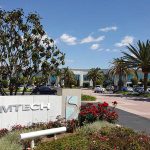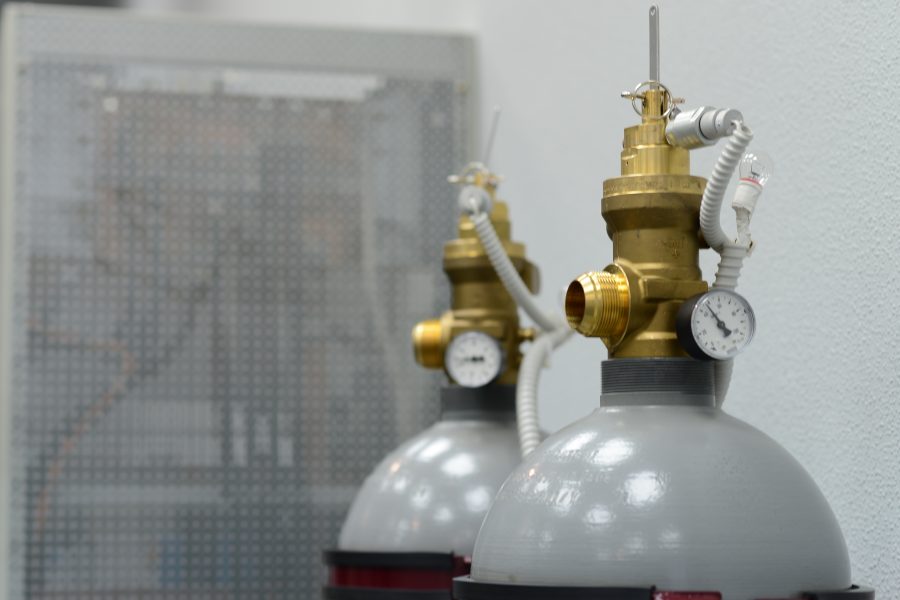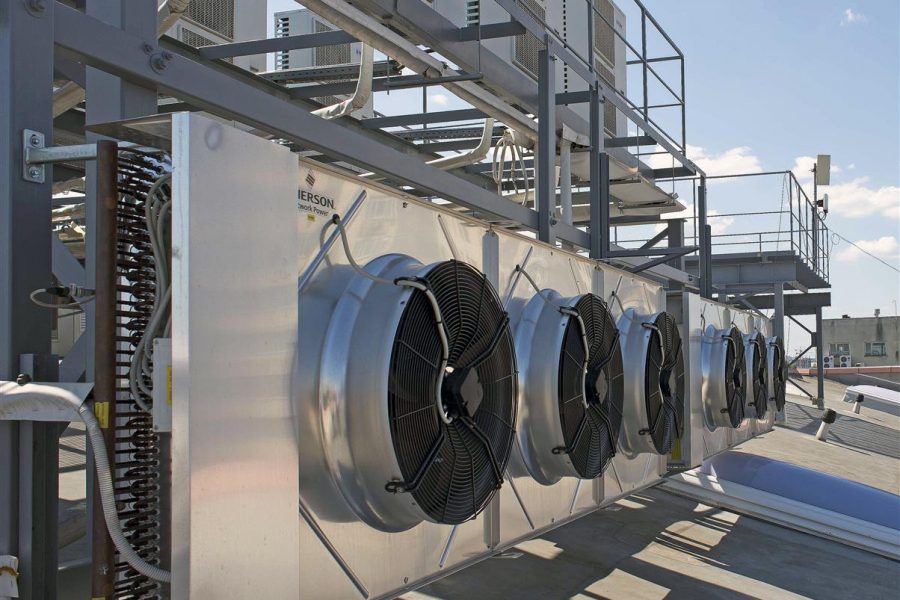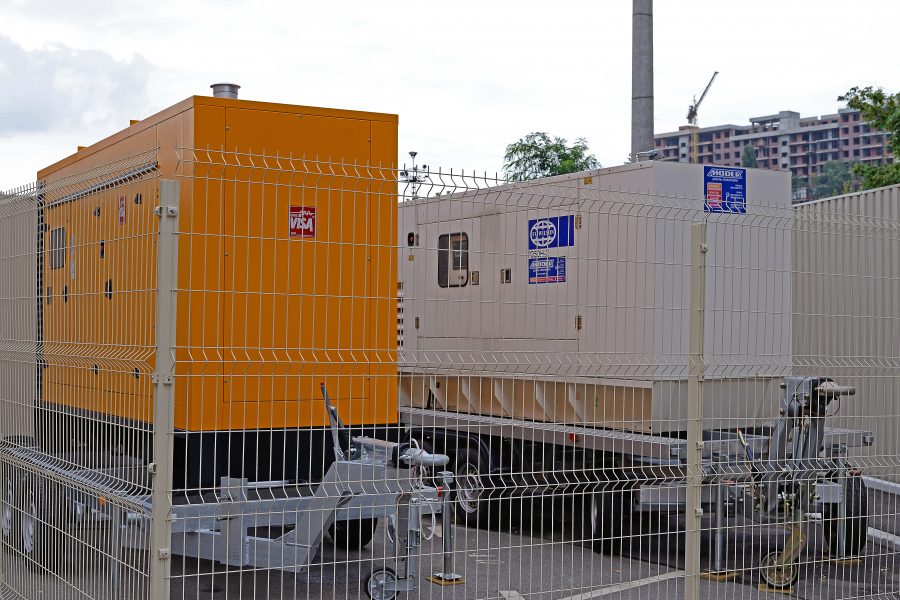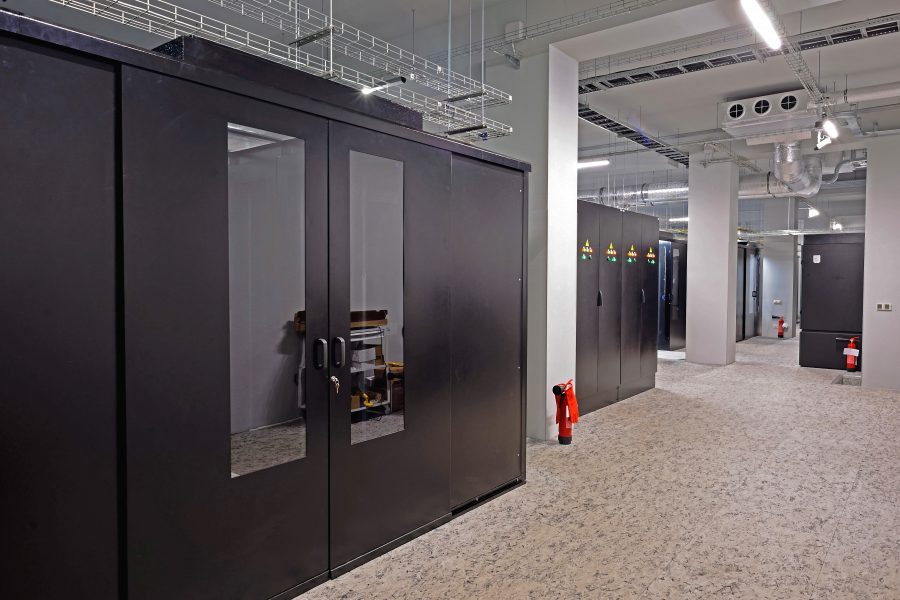At Mobile World Congress 2019, we had the opportunity to interview Donna Moore, CEO & Chairwoman of the LoRa Allianceaccompanied by Marc Pegulu, VP IoT Product Marketing & Strategy at Semtech, to discuss the latest developments of the Alliance and the LoRa technology.
Interview conducted by Manuel Nau, Managing and Editorial Director at IoT Business News.
IoT Business News: Can you share with our readers some of the key achievements of the LoRa Alliance in 2018?
Donna Moore: Within the last year, some of the biggest changes have been that:
LoRaWAN was named by multiple sources as the de facto LPWAN standard, the millions of devices we now have on the market, the global footprint with over one hundred countries and one hundred network operators supporting LoRaWAN, and the fact that our deployments, in particular over the last six months, are at scale and growing massively. One of them is the Veolia and Orange project with 3 million water meters to be connected to Orange’s LoRa network in France. And there are very large projects in many countries. So we are just globally now and the numbers are escalating in terms of mass deployments. These are some of the key announcements of last year.
What is interesting with LoRaWAN recently is that a venture capital fund called Momenta Ventures has launched a 25 to 50M$ fund for LoRaWAN companies because they believe that LoRaWAN is really the LPWAN winner. And they believe they are going to see tremendous return on their investments. I have never seen this for an open standard before, having a private equity ready to fund small startup companies. The typical investment should be 500k$ per project and exclusive to LoRaWAN companies. This means they do believe in our technology.
We have features such as the firmware update over the air (FOTA) which is a big differentiator for us. It guarantees the sustainability of the devices out in the field. Specifications of the FOTA have been released 6 months ago and the implementations are available now.
IoTBN: What is the view of the Alliance on 5G vs LoRaWAN in IoT?
DM: It is really application dependent. 5G is high-bandwidth, low latency, primarily for emergency services or entertainment services in the connected car for example. But this is not our space. Ours is wireless applications requiring long battery-life, availability and flexibility of private and public networks, with the possibility to easily densify coverage in urban areas by just adding a few gateways. We have CAPEX or service models.
IoTBN: What is the split in terms of volumes between LoRaWAN devices connected to private vs public networks?
DM: The Veolia and Orange project is 3 million devices for example so we have large deployments coming on public networks. We have the leading operators supporting both LoRaWAN and cellular technologies to allow all the different use cases with IoT. We see massive roll outs in progress on both types of networks.
IoTBN: What about roaming across public networks. Is it available now or still in trial phase?
DM: We already have operators with roaming agreements in place like Objenious, KPN, Swisscom…so it’s real. The technology is available and the operators are negotiating the agreements now, driven by the needs of their customers for applications like logistics for example.
IoTBN: What is the strategy of the alliance to expand?
DM: We have a wide ecosystem going from chipset to system integrators with over 500 members representing all of these areas. Our developer ecosystem is very large, with companies like The Things Network and Actility and the innovation in terms of use cases and spreading is huge for LoRaWAN. But we also see the big companies like Google, IBM, Cisco opening the doors. And the innovation happening at their developers level is amazing. So we intend to continue our expansion in these areas.


